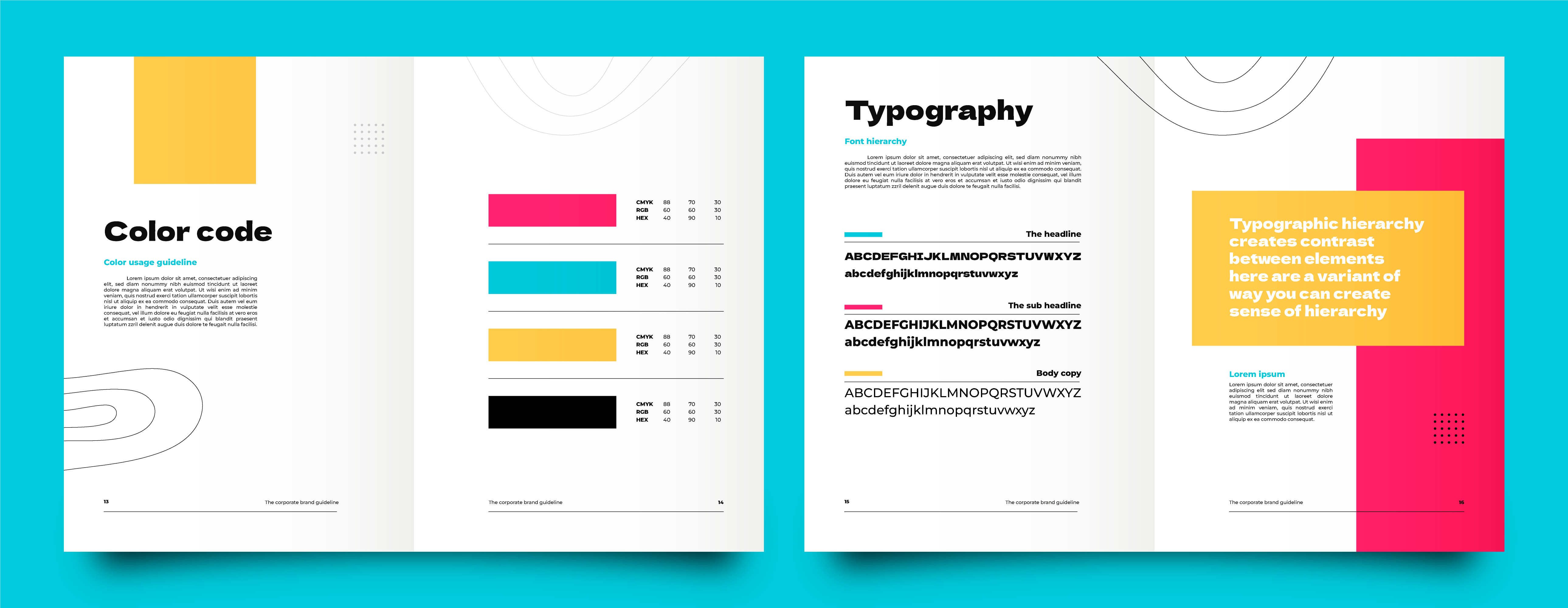Strategic Design Communication
I focus on making design decisions transparent, persuasive, and aligned with business goals. Whether working with stakeholders in enterprise settings or presenting to cross-functional teams, I frame design not just in terms of aesthetics or usability, but in how it impacts user behaviour and operational efficiency.
Product and Systems Thinking
I approach design with a wide lens, ensuring that every interface I create fits seamlessly within the larger product ecosystem. My work often involves understanding complex user journeys, business processes, and interdependencies across systems. Whether I’m designing internal tools or customer-facing features, I map out how each decision affects upstream and downstream experiences. This helps me design for long-term scalability rather than isolated features, and ensures that my solutions align with both user needs and product strategy.
Interaction and Visual Design Craft
I care deeply about creating intuitive, clear, and efficient interfaces. My design process involves thoughtful use of space, and accessible interaction patterns. I focus on reducing friction in the user journey by crafting layouts and flows that guide users naturally. Whether I’m working on high-fidelity mockups or iterative prototypes, I balance visual clarity with the functional demands of enterprise products, ensuring that designs not only look clean but help users get things done faster and with less confusion.
Cross-Disciplinary Collaboration
I’ve worked closely with engineers, product managers, BAs, researchers, and Scrum Masters in environments that demand alignment and agility. My strength lies in facilitating conversations that surface constraints early and finding shared language across disciplines.
Decision-Making Frameworks
Design involves constant choices, and I bring structure to how I make and communicate those decisions. I’ve moved beyond basic pros and cons lists to adopt more deliberate frameworks inspired by thinkers like Annie Duke. This mindset helps me challenge defaults, clarify assumptions, and make design recommendations that hold up under scrutiny. It also supports more objective conversations with stakeholders when decisions need to be revisited as projects evolve.
Satigi with AI - Startup
Read the case studyBackground:
This is a showcase of a startup I co-founded that built software to help UX designers with research synthesis. Research is a time-consuming and high-value part of designers' work that is often hard to justify to clients. UX designers juggle many roles, and synthesis is one of the most demanding.
Concluding Findings
- Determining what to include in the MVP for an application can be challenging given the time constraints
- Determining a price point can be difficult
- The difference between the buyer and the user is crucial to discern
- AI is and will be a productivity booster
Role:
Co-Founder
Tools:
OpenAI API
Figma
Bubble.io
Manage Your Hires
Read the case studyBackground:
Manage Your Hires is an internal website used by all of a bank's hiring managers to track dates, check provisioning status and follow up on any issues that may hinder a new joiner's start date.
The team reached out after receiving feedback on their website, which had been built with minimal design input and was driven mainly by business stakeholders.
Findings:
Getting Buy-In from stakeholders can often take longer than expected.
Creating a website that is simple but caters to a lot of variables takes time, lots of stakeholder sessions and lots of iterations.
Role:
Lead Designer
Tools:
Figma
HTML, CSS


